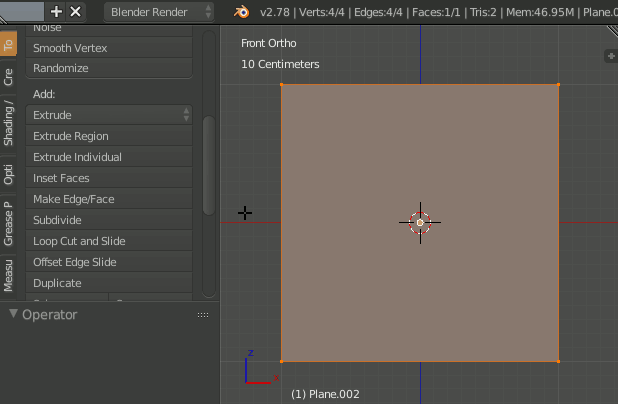I'm trying to model this dial and for some reason I'm totally stumped on how to do this without too many booleans and to make it smoother than the rest of the tv. I've been watching tutorials, but the few I found were more how to make the a knob separately and from a side view rather than front (which is what I'm doing).
If you need the .blend I've attached it, but any simple example or tutorial suggestions would do...not trying to get anyone to do the work for me ;)
Here's the image:
And here's what I have so far with a boolean...I just have the feeling this is the wrong way to go about this:




